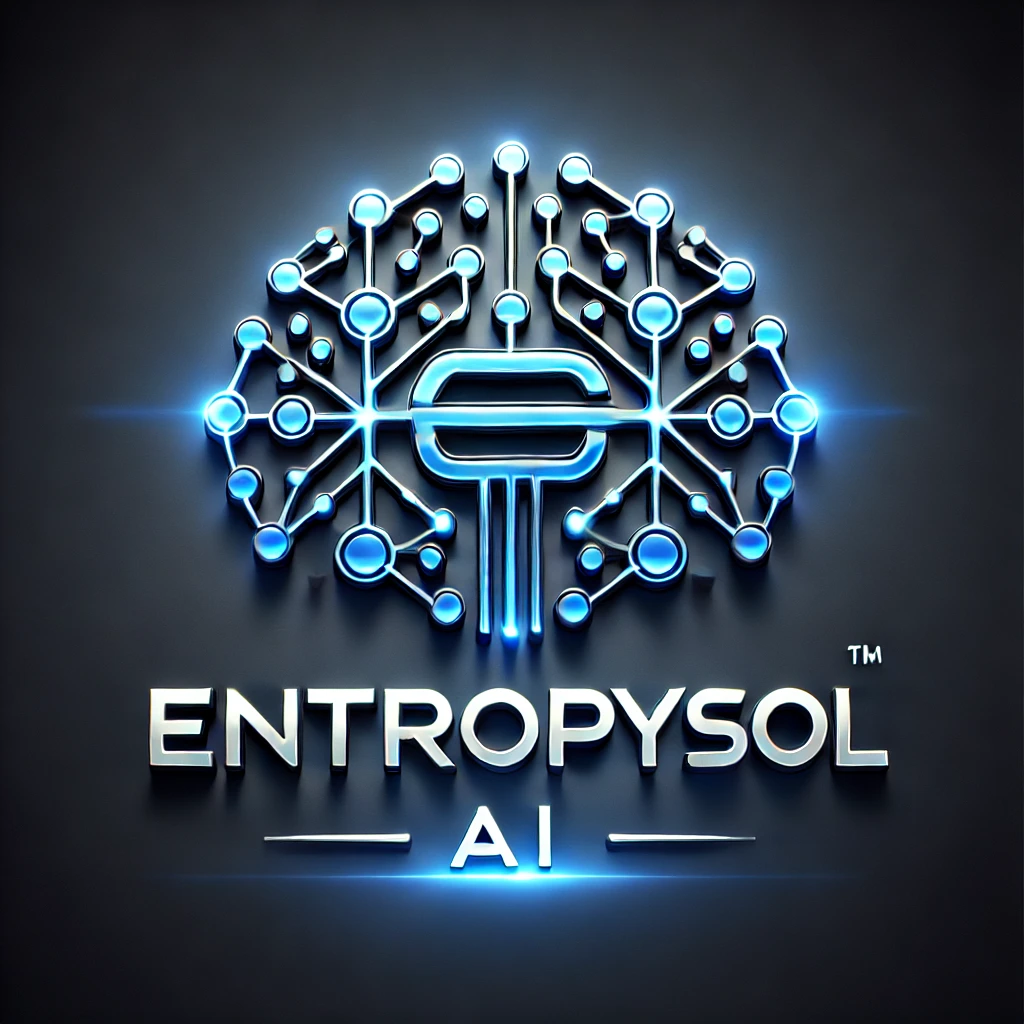In the rapidly evolving landscape of artificial intelligence, accessing and deploying state-of-the-art models can often be a complex undertaking. This is where Hugging Face steps in, democratizing advanced AI with its powerful and user-friendly frameworks. Renowned for its Transformers library, Hugging Face has become an indispensable platform for developers and researchers working with natural language processing (NLP), computer vision, and beyond, simplifying the journey from cutting-edge research to practical application.
What is Hugging Face and Its Core Offerings?
Hugging Face is more than just a library; it’s a comprehensive ecosystem built to facilitate the use and development of transformer-based models. At its heart lies:
- The Transformers Library: This flagship library provides thousands of pre-trained models for tasks across various modalities, including text, image, and audio. It offers a unified API for popular architectures like BERT, GPT, T5, and many others.
- The Hugging Face Hub: A central repository for models, datasets, and demos. It’s a vibrant community where users can share, discover, and collaborate on AI resources.
- Datasets Library: Simplifies access to and processing of a vast collection of public datasets, making data preparation for model training much easier.
- Tokenizers Library: Offers highly optimized, fast tokenizers crucial for preparing text data for transformer models.
Why Choose Hugging Face Frameworks?
The popularity of Hugging Face stems from several key advantages:
- Democratization of AI: It makes complex, powerful models accessible to everyone, lowering the barrier to entry for advanced AI development.
- Ease of Use: Its high-level APIs simplify the process of loading, using, and fine-tuning models, even for those new to deep learning.
- Interoperability: Models and components can seamlessly work across major deep learning frameworks like PyTorch, TensorFlow, and JAX, offering unparalleled flexibility.
- Community Driven: A massive and active community contributes to the Hub, ensuring a constant flow of new models, datasets, and solutions.
- State-of-the-Art Performance: Provides direct access to models that often represent the cutting edge in AI research.
Key Components of the Hugging Face Ecosystem
Beyond the core Transformers library, Hugging Face offers a rich suite of tools:
- Accelerate: A library designed to simplify distributed training, making it easier to scale models across multiple GPUs or machines.
- PEFT (Parameter-Efficient Fine-Tuning): A set of techniques that allow for efficient adaptation of large pre-trained models to new tasks with minimal computational cost.
- Inference Endpoints: Tools to deploy models for efficient and scalable real-time inference.
Getting Started: A Conceptual Workflow
Using Hugging Face for an AI task often involves these simple steps:
- Choose a Model: Select a pre-trained model from the Hugging Face Hub relevant to your task (e.g., text classification, image generation).
- Load Model and Tokenizer: Use the
AutoModelandAutoTokenizerclasses to load the chosen model and its corresponding tokenizer. - Prepare Data: Use the
Datasetslibrary to load and preprocess your data, ensuring it’s in the correct format for your model. - Fine-tune or Infer: Either fine-tune the model on your specific dataset for improved performance or use it directly for inference (making predictions).
Hugging Face Frameworks: Empowering the Next Generation of AI Applications
Hugging Face has become a cornerstone of modern AI development, empowering practitioners to leverage powerful models with unprecedented ease. By providing accessible tools, a vast repository of resources, and a supportive community, it continues to accelerate innovation, making it easier than ever to build and deploy sophisticated AI applications that impact real-world challenges. Embracing Hugging Face is embracing the future of efficient and collaborative AI.
